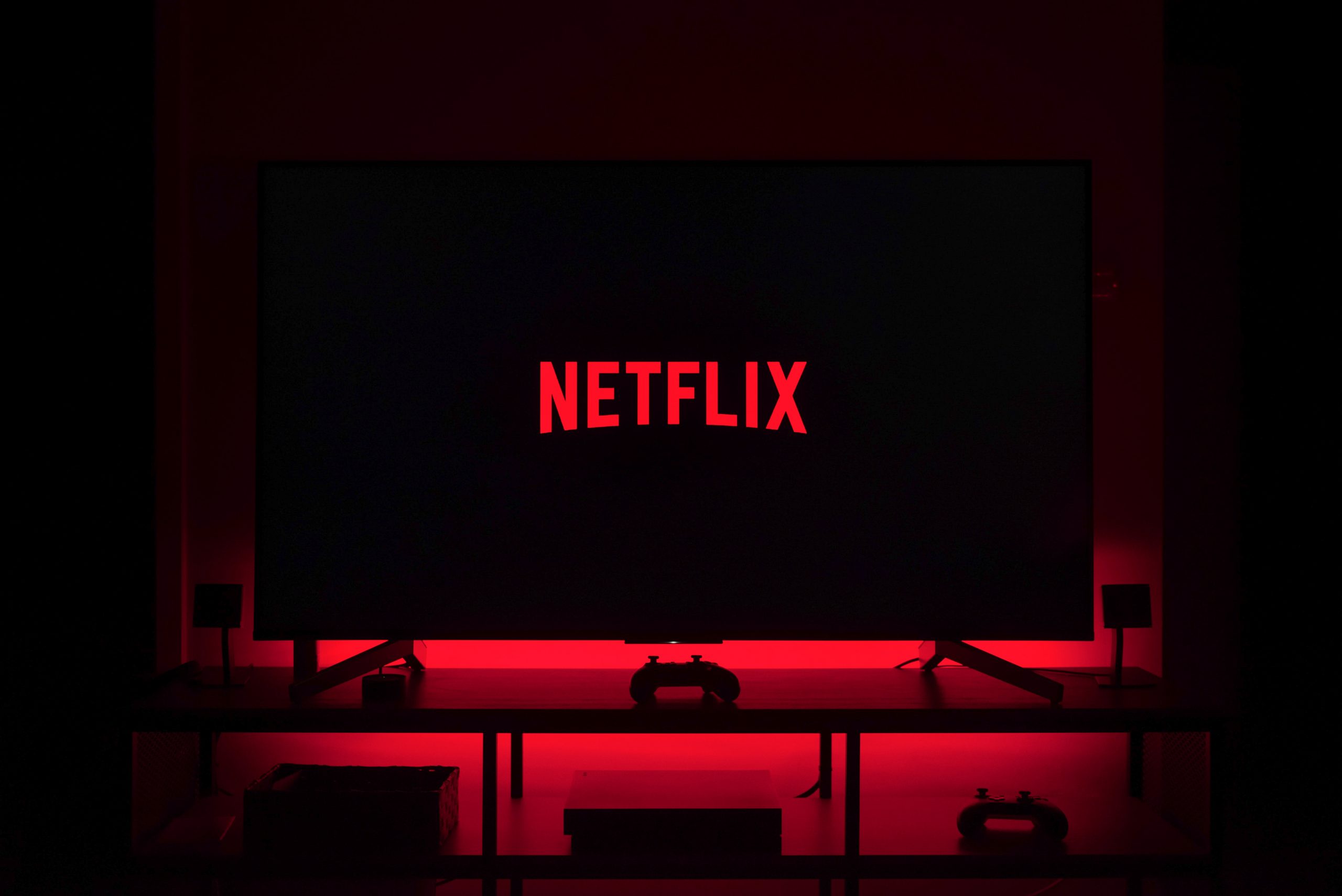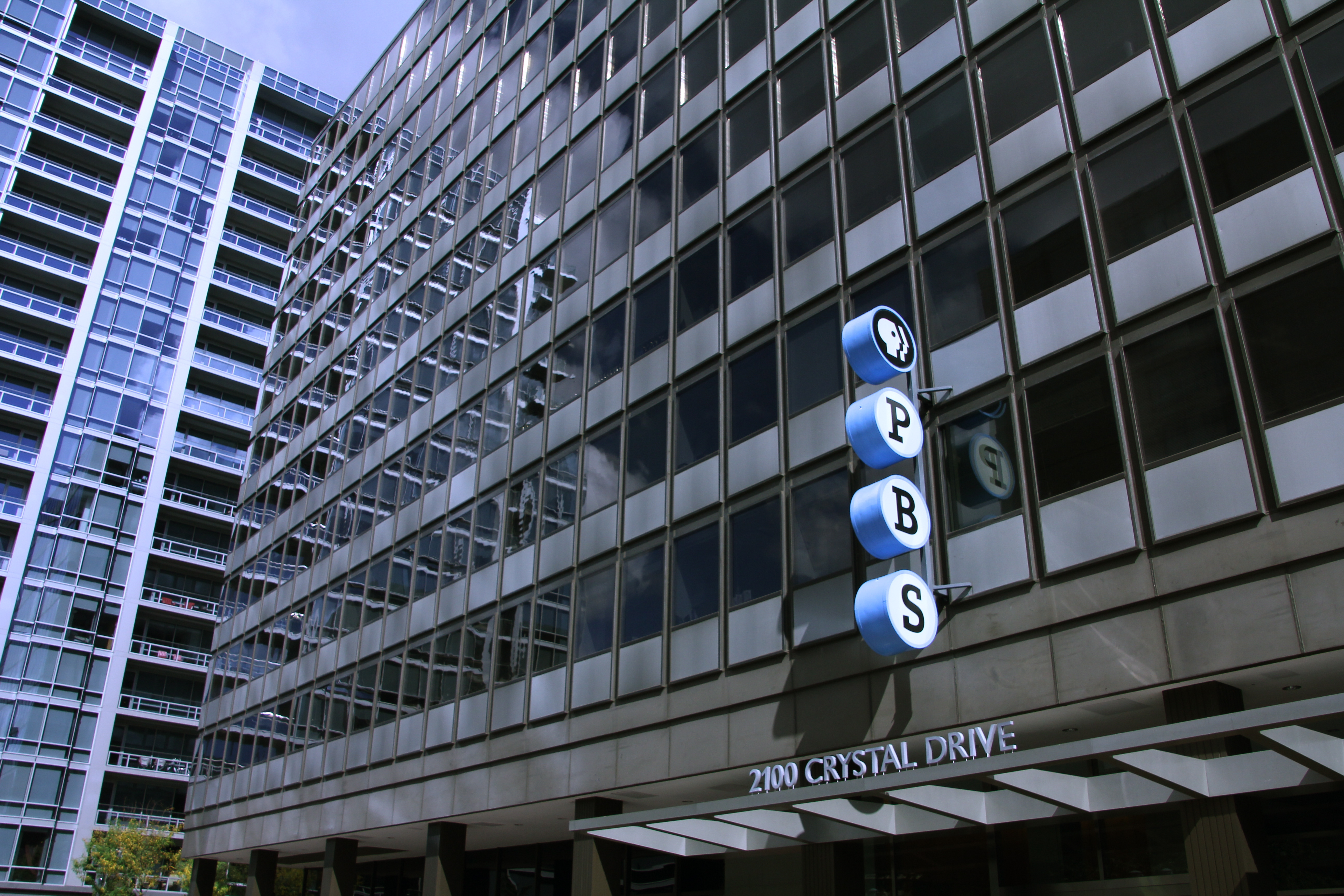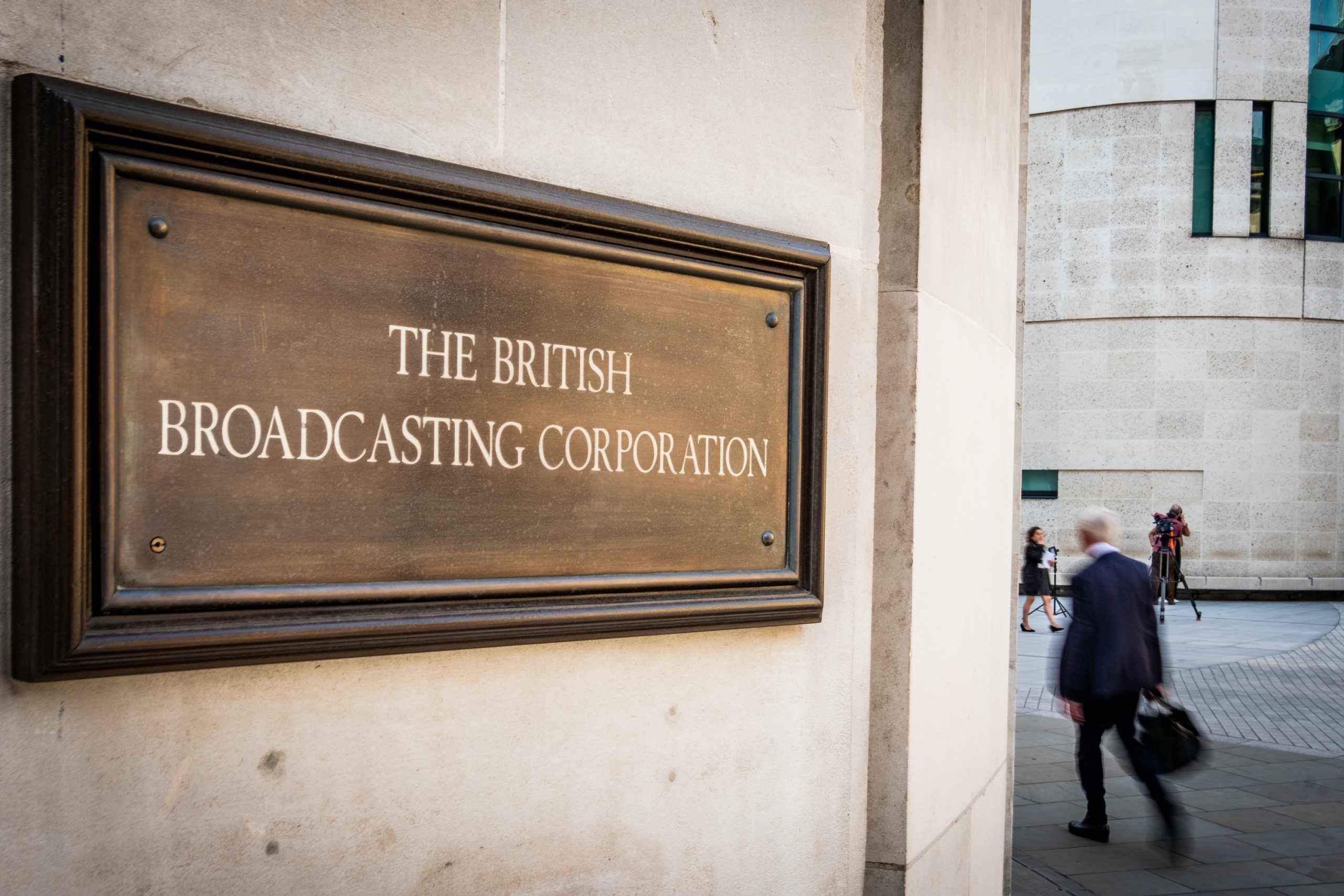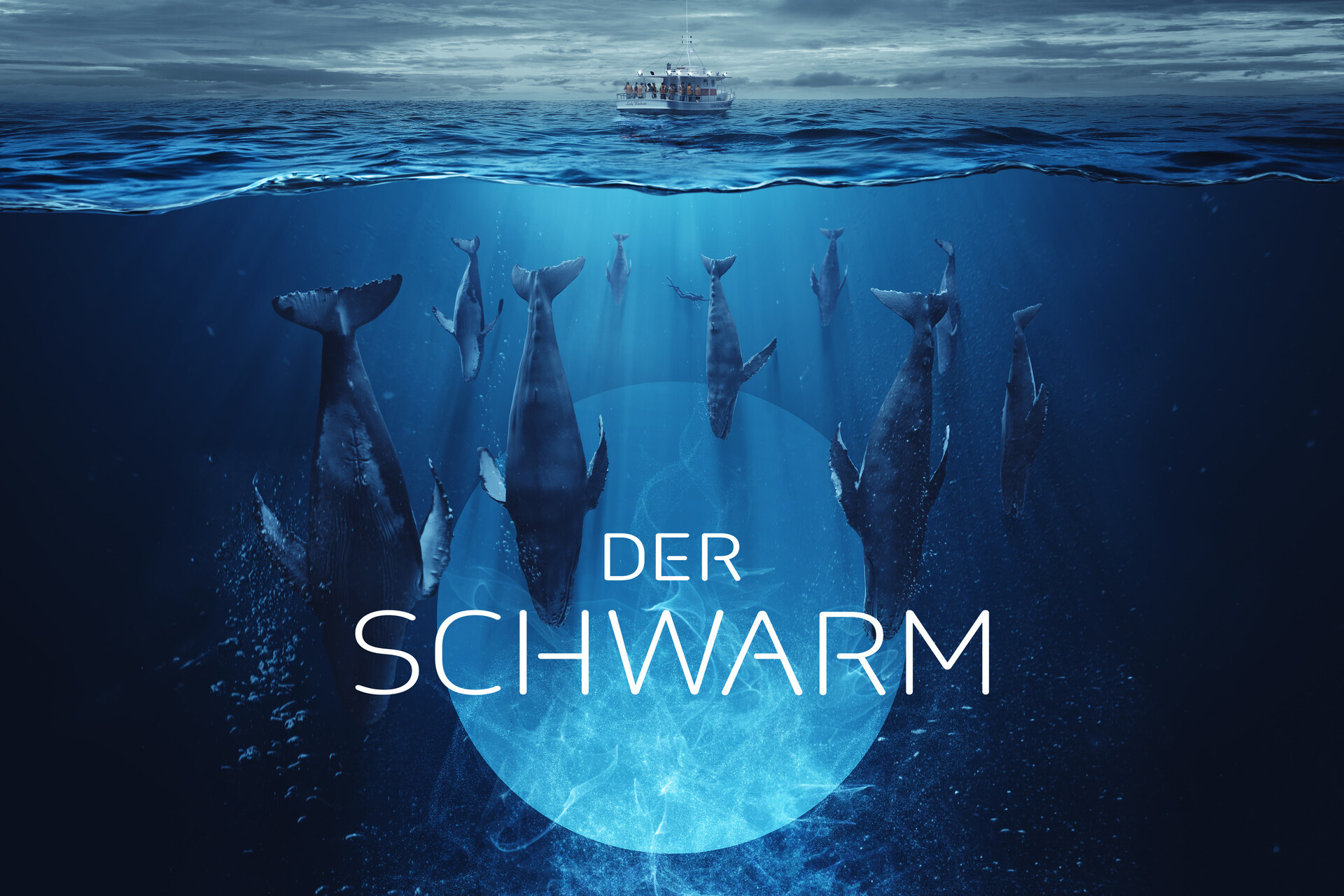How public media are staying competitive with the streaming services
7th June 2024
What approaches are public media taking to remain competitive and distinctive from their better-funded rivals, the streaming companies?

Amid a difficult year for the public service media sector around the world, embattled by declining revenues and significant job cuts, the resilience of global streaming services has emphasised the current challenges facing public broadcasters.
Over the last few months alone, several announcements have collectively demonstrated the strength of these streaming video-on-demand services (SVODs). Disney’s streaming division posted their first profit last week, reported Variety; Netflix’s move to stop password sharing among users saw subscriptions increase by more than nine million and profits up by over 50 percent, according to the Financial Times; and a BBC report stated that Amazon Prime’s introduction of adverts into their programmes boosted profits beyond expectations.
Read more: “Policymakers must take urgent action” to make VRT prominent
These digital platforms are also moving ahead with other experiments. Netflix has launched a new games division, and Disney+ is making substantial inroads in India’s streaming marketplace.
In the face of these tech giants with global revenue streams, how can public media compete?
Yet new initiatives from public service broadcasters – in collaboration with each other and with their commercial rivals – are being developed not only to improve their online offering for audiences and ensure ongoing relevance, but also to distinguish themselves from their rivals by highlighting their public service mission.
Collaborate to compete
Cooperation between commercial and public service media does not come easy. They directly compete for eyeballs. In some countries where public media source revenue from advertising, they compete for commercial revenue.
But sharing a common adversary in the global streaming platforms has resulted in some relief from this long-standing rivalry.
On 30 April, two of the UK’s public broadcasters, the BBC and Channel 4, launched Freely alongside ITV and Channel 5. Freely is a new digital platform which will host all content from the four stakeholders (as well as regional broadcasters, S4C and STV), and will allow households with smart TVs to stream live TV via a broadband connection, rather than via satellite or cable.
Podcast: How has streaming changed public media?
This venture marks a new effort from four of the UK’s largest broadcasters, who used to occupy the five most prominent channels on analogue television, to work together to provide a challenge to the streamers. Additionally, in a modern media environment of smart TVs – where prominence is instead given to global streaming platforms who pay for priority placing on the homepage – Freely provides a space for live TV.
Across the English Channel, French broadcasters looked on enviously. “We’re stronger together”, the CEO of France Télévisions, Delphine Ernotte, said to Variety. She called for a similar service to Freely that would provide French audiences with a single destination for local programming, rather than a decentralised ecosystem of individual platforms. “I don’t have much faith that we can stand shoulder to shoulder with [international services] while [we’re] all off in our own corners. That’s not how things work anymore.”
Adapting content for audiences
Freely exemplifies the growing recognition of the changing ways audiences consume public service media content. In Australia, ABC has also announced several changes to its content offering, to adapt to the evolving market.
In June, ABC will launch four new digital streams on their Over-The-Top (OTT) platform, iview. Each stream will be oriented around four genres: children’s LIVE action, animation, education, and family viewing. The content will be consumable both live and on-demand.
“We want a ZDF for everyone. We only achieve this goal with a wide range of programmes from entertainment to sports to culture. As a public broadcaster, our special strength is to inform people comprehensively, objectively and competently.” Norbert Himmler, Director of ZDF
“Primary school children are digital natives and want their content on demand and nearly always through a digital platform” said the ABC’s Chief Content Officer, Chris Oliver-Taylor.
“The ABC plays a fundamental role in telling Australian stories for children, reaching more Australians than any network with its children’s focussed content and investing more financially than any other network or streamer and that commitment will be maintained into the future.”
While the ABC’s way of demonstrating its value to audiences is through bolstering its existing streaming service, PBS in the US has approached the market differently. Due to PBS’ devolved system, there is not one single destination for PBS content, but it is instead spread across PBS’ own app, and some content available on Amazon Prime. In a recent interview, CEO Paula Kerger told Variety that PBS has been very conscious in its strategy to ensure both audiences and producers get their fair share.
“As people’s viewing habits changed, we have tried to be very attuned to making sure that our content is where they are. … We developed a relationship with Amazon that enables us to pay royalties to our producers… That’s why we have been very aggressive in the way that we have built out the work that we do that’s available in our free app that is distributed in many places, including on smart TVs. We try to organize all this windowing in a way that is not in conflict but that it supports each other.”
The BBC also adopted a similarly practical approach in terms of its deal with Disney+ to co-produce Dr Who. The deal will see the tech giant help the BBC fund the programme, while also bringing the programme to greater audiences outside the UK. However, recently, Tim Davie, the BBC’s Director-General said that does not stop the BBC making “uneconomic” decisions, and pointed to where the BBC funds programmes outside of London.
“We are developing shows that may not be perfect for an international global businesses’ economics but the audience are responding to them,” he said. “You have to make your local market work.”

Demonstrate public service values
In Germany, public broadcasters ARD and ZDF are finding innovative ways of identifying what distinguishes them from their domestic challengers and international streaming platforms. They are doing this through initiatives that demonstrate or accentuate their public service role.
For example, the broadcasters recently completed a first-of-its-kind content analysis study, to identify how their libraries compared to those of their domestic and international competitors. It found ARD and ZDF have a much stronger focus on the information genre, with over 50 percent of all content classified as information programming. For their competitors, however, this genre amounted to between just four and nine percent of their overall content offering.
“I don’t have much faith that we can stand shoulder to shoulder with [streaming services] while [we’re] all off in our own corners. That’s not how things work anymore.” – Delphine Ernotte, CEO of France TV
“We want a ZDF for everyone,” said Norbert Himmler, the Director of ZDF. “We only achieve this goal with a wide range of programmes from entertainment to sports to culture. As a public broadcaster, our special strength is to inform people comprehensively, objectively and competently.”
ZDF in particular is no stranger to collaboration and last year signed an agreement with German-speaking public broadcasters SRF and ORF to increase the volume of international co-productions, fresh from the success of Der Schwarm, a TV series co-produced by a number of international media companies.
But it is with ARD where ZDF is working closest. In March 2023, they launched a joint streaming library, and recently announced that some of its key technical infrastructure – such as the recommendation or design systems – will be open-source.
“We join forces to the maximum and together make an offer that combines journalistic quality, journalistic diversity and public values,” said Kai Gniffke, Chair of ARD. “This is how we position ourselves together vis-à-vis the commercial big-tech players as a value-based, transparent and committed streaming provider to German society.”
Such close cooperation between two independent entities can be complicated and clear parameters are necessary. For example, ZDF will lead on the creation of a joint office to steer the open-source project, while ARD will lead the joint commercial subsidiary in charge of the technical operation. Meanwhile there are plans for greater synergy on logins and on data sharing.
Introducing new forms of technology

Four public service media organisations, CBC/Radio-Canada, RTBF, SRG SSR and ZDF, are working together on a Public Spaces Incubator, which is tasked with finding how public media can contribute to stimulating informed public debate.
One idea put forward by the incubator is a Comments Slider, where users can submit a response to a question along a spectrum. This allows users to see and share nuanced opinions on certain topics, rather than just binary viewpoints.
A similar idea has been touted by ORF board member and media scientist, Leonhard Dobusch, who raised the idea of using YouTube rather than Netflix as a template for a streaming model, Der Standard reported. On YouTube, for example, not only is there an opportunity for user-generated content, but also for comments and interactions and public profiles.
Similarly to ZDF’s and ARD’s effort in demonstrating their public service mandate through making their technology open-source, this idea of using public media’s online services to foster user engagement is another concept where they can distinguish themselves.
While this technology is a work in progress, it demonstrates the ongoing ambition of public service media to place their core values and principles at the heart of digital platforms.
Related Posts
7th May 2024
ZDF and ARD start open source initiative for shared streaming network
ZDF and ARD start a collaboration on…
18th September 2023
UK’s PSBs set to evolve free TV for streaming age
The biggest broadcasters in the UK…


